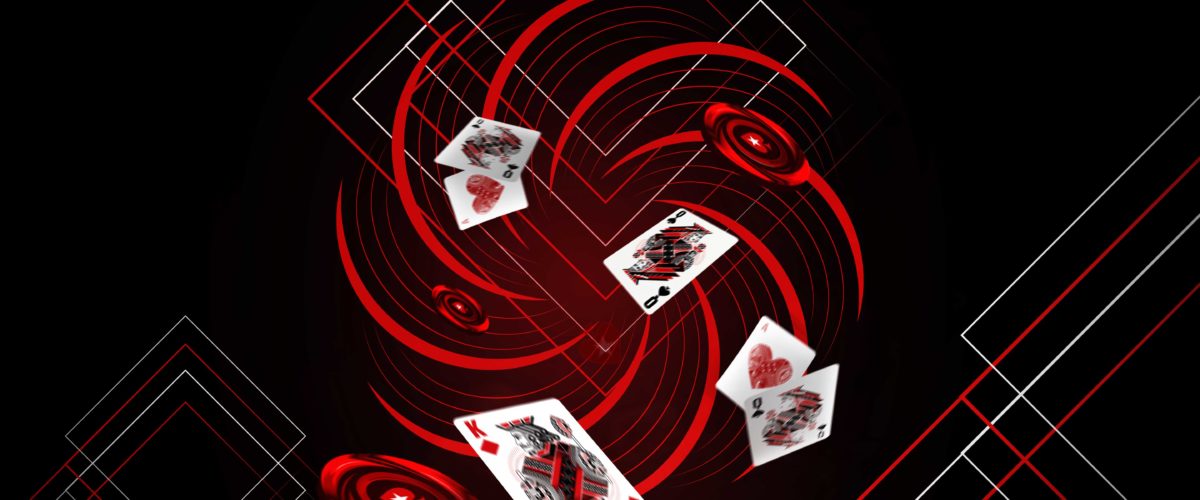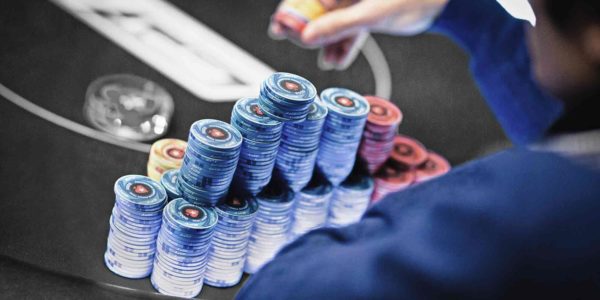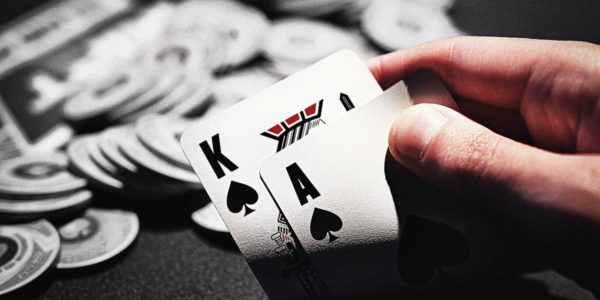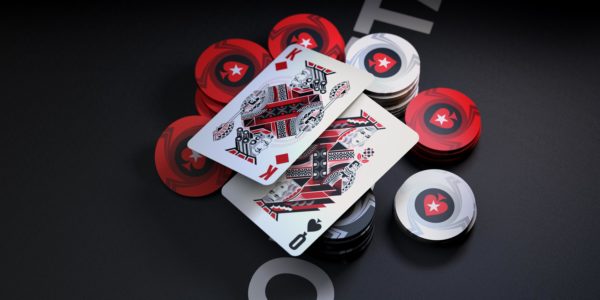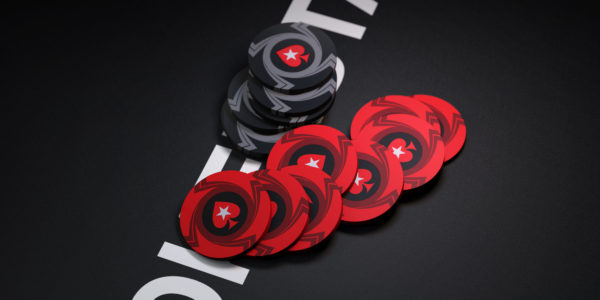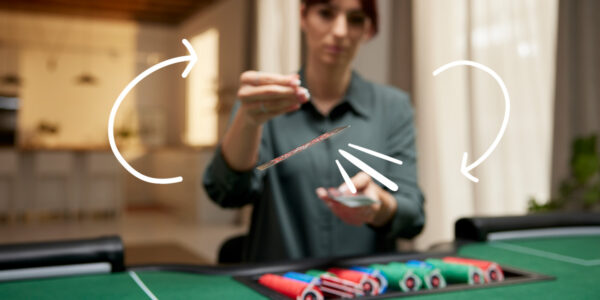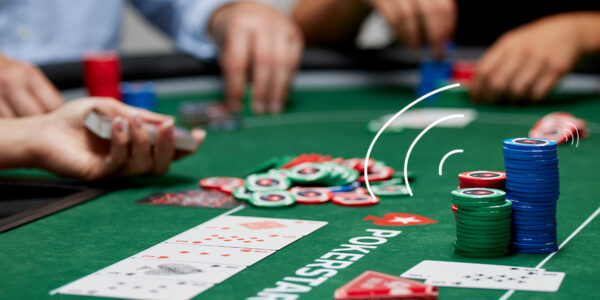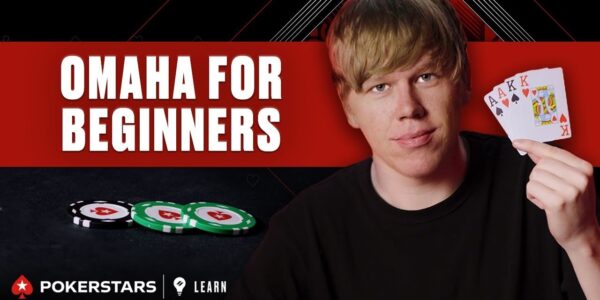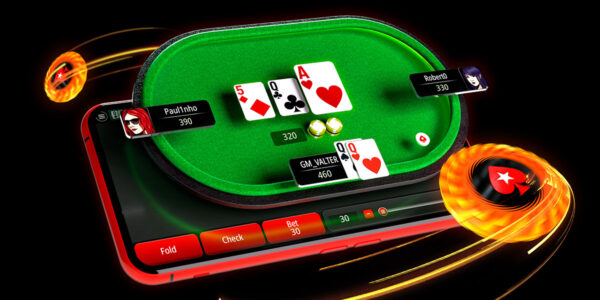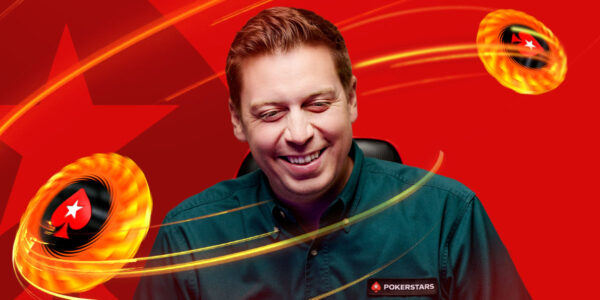Five Post-Flop Tips
In the same way that most the bike race is won from the saddle, 90% of your Grand Tour decisions take place pre-flop. While the flop, turn, and river are usually just a case of screaming ‘no spade!’, there are some occasions, particularly in the early game and at the start of a heads-up, where you will have to make some post-flop choices. Today, we climb out of the pre-flop saddle and learn a few tricks for when you have to use your brain on more than one street!

1. Size Small when It’s a Three Street Game
A three street game means that there are enough chips left behind that you can bet a sensible size three times and get smoothly all-in by the river.
Imagine that you min-open the button with A♠ Q♠ and get called by just the big blind. This sort of spot is one of the most common post-flop situations you will play. We saw in Episode 10 just how wide the big blind has to defend to a small raise, especially when he has the chance of winning a bounty, so it is no wonder that this situation comes up a lot.
The flop comes down A♣ 7♥ 2♦ and you plan to value bet when checked to. Or maybe it’s J♠ 10♣ 7♦ and you want to triple barrel off your stack as a bluff. It doesn’t matter. Your flop sizing should be small in either case – around 33% of the pot. The stack to pot ratio here, assuming both players started with 1000 chips, is going to be 900 to 250 or 3.6. At this stack depth there is not much work needed to set up a river shove as long as you bet three times. Therefore, the small flop bet will work the best as it gives you a great price the times you just want to make a cheap bet to protect your equity with a medium hand like 9♥ 7♥ on the first board or make a cheap one and done bluff with K♦ 8♦ on the second one.
Another important reason for going small in these situations is that it gives Villain more tricky decisions throughout the course of the hand. It is far easier to hit the right defence frequency against one huge bet than against three small ones. You will see some Grand Tour players shove all-in on the flop when they connect in some way they like. Avoid this plan. With only two cards to come instead of five, your good hands need far less fold equity than they did pre-flop so the push or fold idea makes little sense now.
2. Make it a Two Street Game on Wetter Flops
Let’s change the situation and imagine that both players only had 850 chips pre-flop and again you raise from the BU with 10♠ 10♦ and are called by the big blind. Now the pot is 250 and the effective stack is just 750. The SPR has dropped down to 3.
The flop is 9♥ 7♥ 6♦ .
You want a lot of money going in here with your overpair and straight draw and preferably soon. The pot needs to grow before the board has the chance to run out in a way that might kill your action or cause a weak hand to improve to beat you. You do not want KJo getting a cheap or free card when the pot is so big in relation to stacks and nor do you want K9 to get away from the hand for minimal damage on a horrible turn card. The solution is to accelerate the pace at which you put the money in the middle. This time you could bet 75% of the pot on the flop and then shove the turn.
3. Raise Wide for Value and Protection
When your hand is very often best but vulnerable to being outdrawn by some weak hands, you usually want to play it fast and this will often mean raising vs. a continuation bet. When the pot is quite big in relation to the effective stack, it doesn’t make sense to pot control. Avoid folding a flopped top pair very often in Grand Tour. When the board is low, it often pays to be aggressive and simply raise hands like A7 on 742. If you run into an overpair so be it, but check/calling out of position with an SPR of 3 is a recipe for disaster. The favourable risk:reward ratio of shoving over a c-bet makes it better to get your money in sooner rather than later, denying all of that equity to your opponents overcards. If you run into a big hand, well, the damage is limited by the shallows stacks.

4. Semi-Bluff Check/Shove your Good Draws
For the same stack-size related reasons, you also want to play draws fast, particularly when you’re out of position and your playability is limited after you call. Let’s say the effective stack is 800 chips you have 7♣ 6♣ in the big blind with the blinds at 25/50. The BU raises to 100, the SB folds and you make the call. On the flop of 9♣ 5♥ 4♣ , you have a tonne of equity, but you could also benefit greatly from fold equity since, very often at showdown, you will have seven-high!
This is an ideal time to check/raise all-in over a c-bet. You will ensure that you see all five cards while folding out hands which have a lot of equity against you – it’s win:win.
5. Do Not Open the Action with Marginal Draws
In Grand Tour, many players like to shove all-in on the flop and do not need a great reason to pull the trigger on this play. The pre-flop culture of jamming is very warranted, but this habit carries over to post-flop in places it shouldn’t. Many players will jam any piece of the flop on you because…well…jamming is easy to do. As bad a strategy as this usually is, it can be effective against you if you are not prepared for it. When you have a marginal drawing hand like Q♥ 8♥ on J♠ 10♠ 2♥ and the pot is 450 chips with the effective stack at 1100, if you bet here, some players are going to rip it in with a pair of tens, or even deuces, as well as some draws like 98. It is dreadful to have to bet/fold this hand and you can hardly stack off with it. The best play here is to check, ensuring that you keep the action closed for the flop and avoid getting blown off your equity after having inflated the pot. Betting in this sort of spot is a big mistake that I see a lot of newer players make.
Inflating the pot with reasonable equity to then fold is a mistake we need to avoid making wherever possible.


